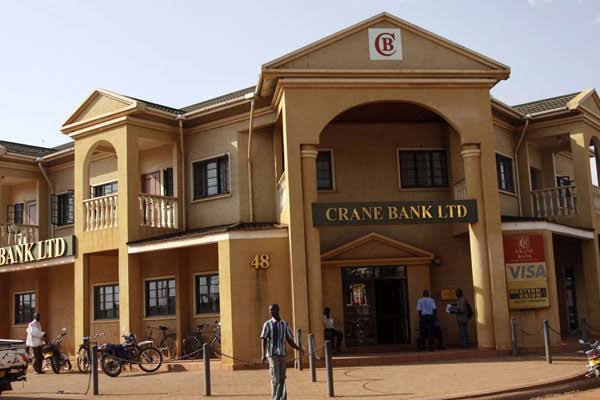A British High Court judge has dealt a partial blow to DFCU Bank’s legal strategy in a high-profile $100 million fraud and asset-grab lawsuit brought by Uganda’s Crane Bank and its shareholders, ruling that the bank cannot treat damning PricewaterhouseCoopers (PwC) reports as proven facts in its defence.
In a ruling issued Thursday, Deputy High Court Judge Paul Stanley KC allowed DFCU Bank to cite the existence and content of PwC forensic reports prepared in 2016–2017 as part of the context for decisions made by Uganda’s central bank. However, he barred DFCU from pleading the reports’ conclusions as factual allegations to be proven at trial.
The case—Crane Bank Ltd and Others v DFCU Bank Ltd and Others—is one of the most complex Ugandan banking disputes to reach the UK commercial courts, rooted in the Bank of Uganda’s dramatic 2016 closure and 2017 sale of Crane Bank to DFCU, Uganda’s second-largest lender. The sale followed the central bank’s claim that Crane Bank was undercapitalized and posed systemic risk.
Crane Bank’s former owners—including Sudhir Ruparelia—argue this was a false pretext for an orchestrated asset grab, describing the takeover as the result of a “corrupt scheme” involving sham bidding and gross undervaluation, enabled by the Bank of Uganda and facilitated by DFCU.
A Crucial Battle Over Evidence
At the center of this procedural fight are PwC reports commissioned by the Bank of Uganda shortly after it took over Crane Bank. The reports, dated December 2016 and January 2017, span over 150 pages and allege serious mismanagement, disguised ownership, sweetheart deals, and inflated balance sheets at Crane Bank.
DFCU sought to amend its legal defence to include these reports not just as background, but as factual evidence supporting its claim that the Bank of Uganda acted properly and that Crane Bank was in financial distress—contradicting the plaintiffs’ narrative that it was healthy and profitable.
Judge Stanley, however, rejected that attempt, warning that allowing PwC’s conclusions to stand as facts would confuse and complicate the case.
“If DFCU wishes to plead, as factual allegations that it positively intends to prove, any of PwC’s specific conclusions, paragraph 24.4 attempts to do so in a way that is inconsistent with effective preparation for a fair trial,” he ruled.
He noted that inserting “swathes” of the PwC reports into pleadings without specific factual allegations would burden the court and parties with “tens of interlinked factual contentions” and likely derail case management, especially since many allegations trace back to events before 2015—outside the scope of current disclosure.
What the Court Allowed
Judge Stanley permitted DFCU to:
- Reference the fact that PwC was instructed by the Bank of Uganda.
- Refer to the general contents of the PwC reports to argue that a reasonable regulator could have acted on their findings.
- Include statistical claims—such as the level of non-performing loans—as standalone factual allegations (even if originally derived from PwC).
But he barred DFCU from:
- Asserting the PwC conclusions as proven facts.
- Using general summaries of the PwC reports in its pleadings without clarity on whether they are claims of fact or merely descriptions of what the reports said.
“A pleading serves its purpose if it adequately defines a case worthy of consideration at trial,” the judge noted, emphasizing clarity and procedural fairness over volume and narrative detail.
Implications for Trial
The case is scheduled for a 12-week trial in 2026 and is expected to dig into allegations of financial conspiracy, regulatory misconduct, and cross-border corruption. While Thursday’s ruling focuses narrowly on pleadings and evidence admissibility, it offers early insight into how the court might handle contested documents and the delicate balance between context and proof.
DFCU’s attempt to embed PwC’s findings as factual ammunition in its defence was arguably its strongest weapon in undermining the plaintiffs’ central claim—that the bank was stolen under false pretenses. The ruling significantly blunts that strategy.
However, the judge left open the door for DFCU to introduce evidence based on PwC’s source material or other admissible disclosures at trial—provided it is properly pleaded and disclosed.
A Case with Regional Ripples
The UK court’s handling of this case is being closely watched in East Africa. Uganda’s banking sector, long criticised for opaque supervision and politically influenced interventions, faces renewed scrutiny over its handling of the Crane Bank saga. The outcome of this case may not only determine financial liability but also shape how future bank resolutions are perceived and litigated internationally.



